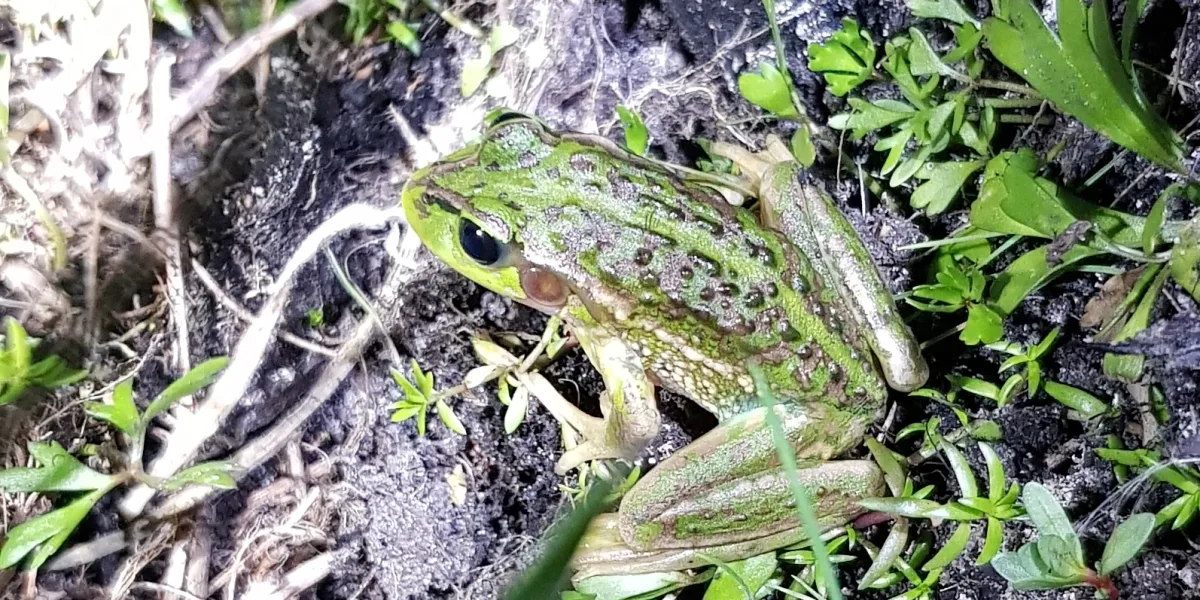Supporting our local threatened species
The Limestone Coast Landscape Board works with people in the Limestone Coast to protect and improve the outlook for native plants and animals. Some of the species we work on are those most under threat from changes in our landscape.
Through our work with partners, organisations and recovery teams we are striving to protect and enhance the landscape so these precious species can thrive in your region.
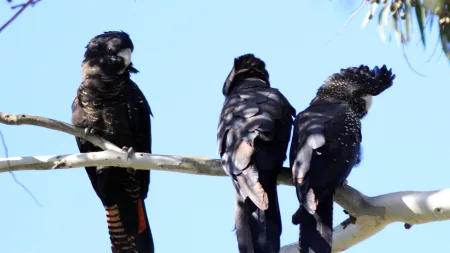
South-eastern red-tailed black cockatoo
Discover how our team are partnering with local organisations to support this iconic species.
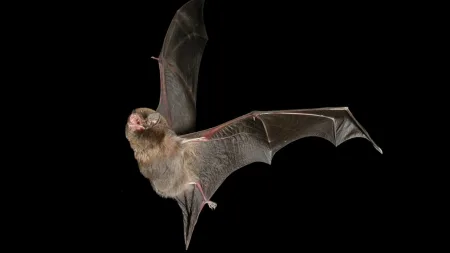
Southern bent-wing bat
Discover how our team are supporting the southern bent-wing bat in the Limestone Coast.
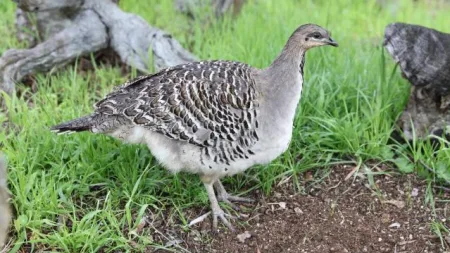
Malleefowl
Learn more from the Mallefowl National Recovery team and how you can assist with sightings.
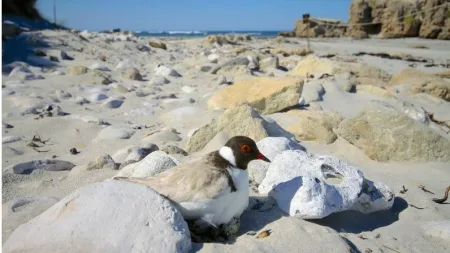
Hooded plover
Learn how you can help this little feathered friend thrive on our coast from Birdlife Australia.
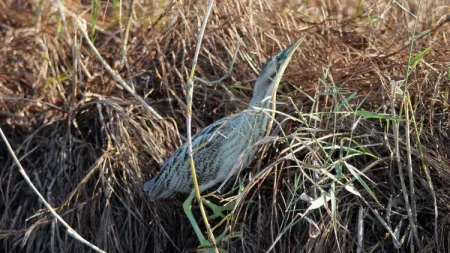
Australasian bittern
Living in freshwater wetlands these birds are hard to see as they are highly camouflaged. Learn more about their behaviours and habitat.

Orange-bellied parrot
Discover how you can support this pint sized bird when it migrates to our shores.
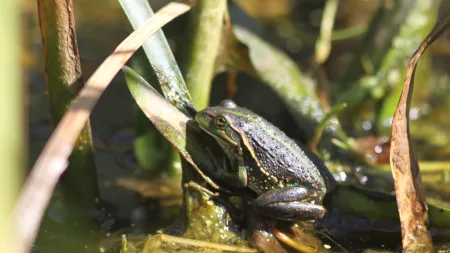
Southern bell frog (growling grass frog)
Learn more about this frog and how you can record observations in the Limestone Coast on Frogwatch SA.

Far eastern curlew
Learn more about how you can support this shorebird when it visits our coastline in winter.
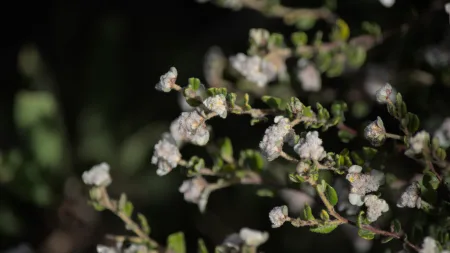
Woods well spyridium
With only five of these precious plants in existence, the Limestone Coast Landscape Board is partnering with other organisations to support and increase the population.
